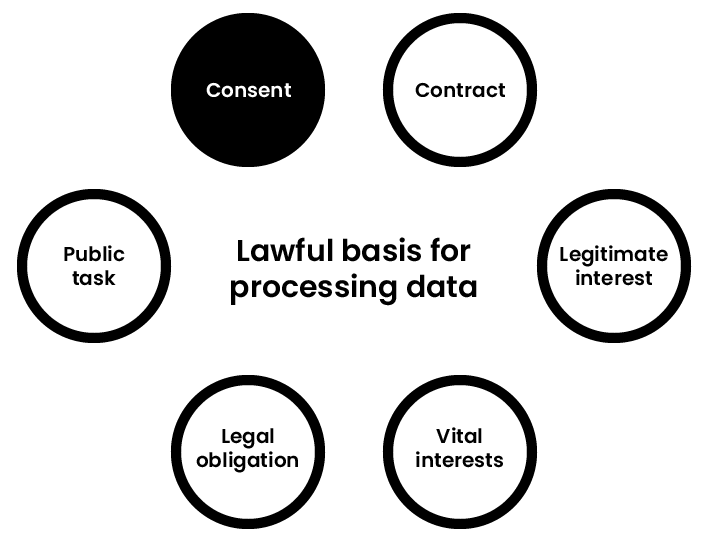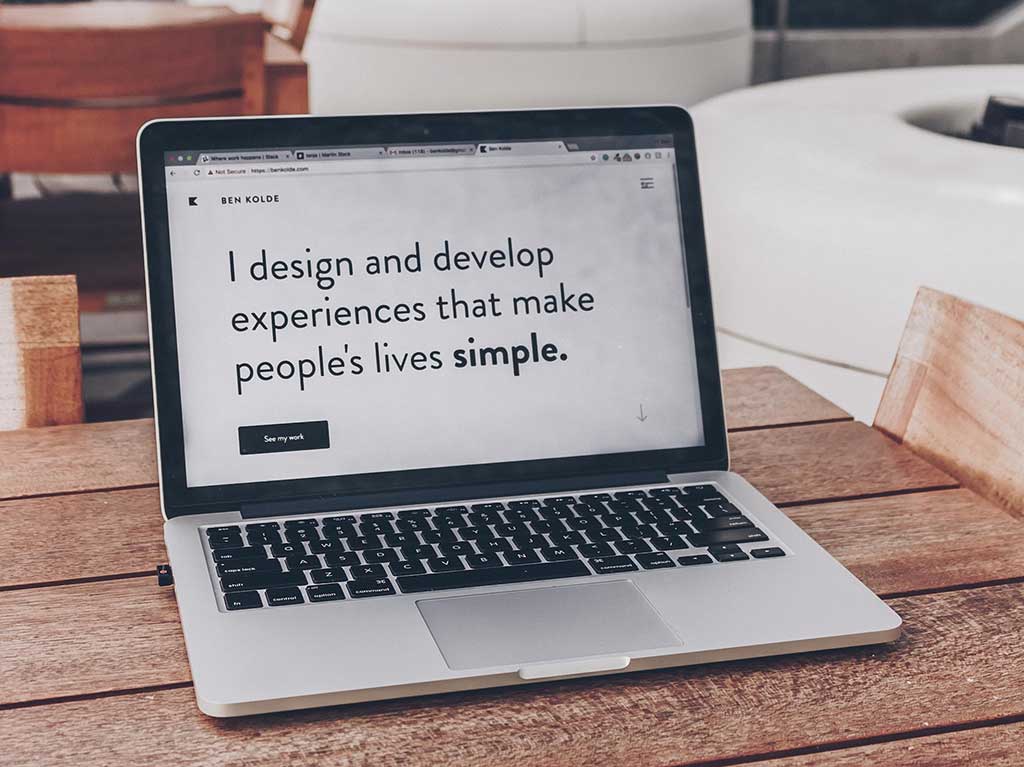Compliance & Responsible Research
Informed consent best practice

Written by: Phil Hesketh
Published on: Last updated:
When we talk about informed consent in design research, we usually talk about the artifact itself - maybe a digital or paper form, and what should be disclosed in it.
While knowing what we need to disclose is important, informed consent is more than a single artifact or transaction.
It’s an ethical and legal requirement for managing the relationship between your organisation, the person you’re learning from and the data they give you.

The Informed Consent Doctrine calls for three elements to be present when asking for consent:
the adequate disclosure of information;
voluntariness, such that the person’s choice is made free of coercion or undue influence; and
competence, meaning that the person has sufficient decision making capacity to use the information given to reach a decision.
When you’re trying to figure out what best practice for informed consent looks like for you, It can be useful to familiarise yourself with these concepts and others to understand the best way to approach your situation.
We’re going to cover these concepts in this series:
Do I even need informed consent?
What kind of data am I collecting?
Decision making capacity (competence)
Consent is freely given (voluntariness)
It’s worth noting that there’s a sliding scale in hoe you approach best practice based on the sensitivity of the work you’re doing and the level of considerations you’ll make when designing your approach. The purpose of this article is to give you a basis of the wider concepts around informed consent so you can make decisions appropriate for your context.
For example - consider doing consumer choice research against researching people experiencing significant health issues. In both cases, consent is still the lawful basis for processing information, but the way you approach and manage that relationship might be quite different.
Do I even need informed consent?
Before getting into it, we first need to understand if consent is even right for what we want to do.

According to the ICO; there are six lawful basis for processing information, with consent being one of them. Another one we might use without thinking is contract (especially in digital products). This is where the collection of data or analytics from their use of the product or service might be covered in the privacy policy or terms of service they agreed to when signing up. That gives us a lawful basis to process that information (or in the context of research use it to make decisions about how to make improvements).
In the case of primary research, we are actively generating new information which is not covered by any existing contract, or; there may be no existing contract between your organisation and the person you’re learning from. In this situation, we would use consent as our lawful basis.
This article is part 1 of 4 around best practice in informed consent. In part 2 we’ll talk about The data we collect.



